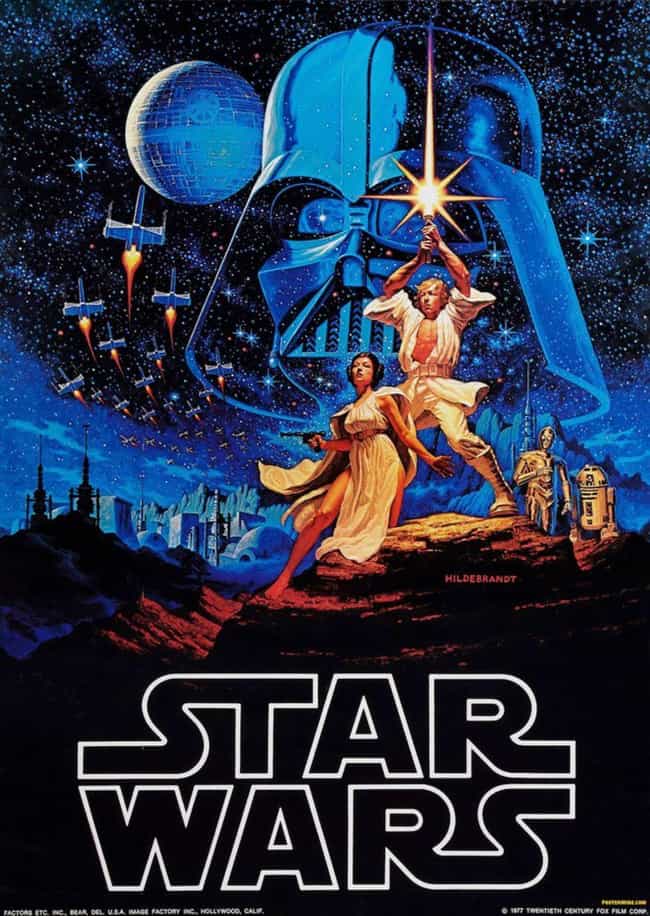Dramedy/ Comedy-drama
Genre conventions:
Content-
- Character/relationship-driven plot lines.
- Usually set in small towns or secluded areas.
- Characters are usually young or act very childish in a way.
- Deal with mostly close relationships like families, close friends, or couples.
- Characters are quirky and tend to have very pronounced insecurities.
- Often incorporate some kind of coming-of-age storyline as well.
- Main topic is usually something very heavy and dramatic, but told in a comedic way.
- Focused on natural performances.
- Includes a lot of juxtapositions to create comedic effect.
- Dry humor is typical in a dramedy.
Production techniques-
- High-key lighting most of the time.
- Deep depth of field and wider shots to focus mostly on character's and how they interact with each other
- Mise-en-scene juxtaposes the movie's themes. The setting is usually bright and upbeat even though movie deals with heavy themes like depression, suicide, cancer, divorce, etc.
- Lots of pastel colors. Two very common colors are yellows and greens because they symbolize curiosity and youth.
- Don't usually have original scores and use soundtracks from indie-rock bands or musicians from the 70s (it isn't a real dramedy without Simon and Garfunkel or Sufjan Stevens).
- If possible, it most likely was shot on film, preferably 16mm to really get more of that nostalgic film grain.
- There is always some kind of nostalgic element to it whether it's through 70s music, older cars, using paper maps, etc.
- No laugh tracks or very many non diegetic sounds.
Institutional/marketing-
- Marketed to mostly younger adults (16-29) audiences
- Use warm colors or pastels in posters.
- Tend to get selected by film festivals and academy awards because of excellent screenplays or natural, nuanced performances.
- Tend to be released in the summer or late spring.
- Trailers tend to play out a scene from the movie instead of showing flashy imagery because the movies are very much about characters and relationships, so by familiarizing the viewer with the characters, they will like them and see the movie.
Sample 1 - Garden State: This movie follows a struggling actor who is known for his role as a "disabled quarterback" and has to cope with his crippling depression and the death of his mother whom he disabled because he pushed her as a kid. He meets a girl who has epilepsy and is a compulsive liar. These characters have a lot of baggage and deal with some very serious issues, yet they are quirky and there are some humorous moments like when the main character is given a shirt made from the wallpaper in the newly redecorated bathroom, so he blends into the background. The characters give very natural performances, the humor is dry, the lighting is high key, it is set in a small town in New Jersey, and it has a soundtrack composed of indie-rock songs, most notably "The Only Living Boy in New York" by none other than Simon and Garfunkel.

Sample 2 - Little Miss Sunshine: This movie follows a family who is really quirky and also have a lot of baggage: a gay uncle who is suicidal, an "ugly" little girl who wants to win a beauty pageant, a nihilistic, mute teenager who wants to become a pilot, a raunchy grandpa, and a motivational speaker father who is a loser. Obviously there are serious themes being presented in this movie like suicide, but it still maintains a comedic tone. The nostalgic feel is very prevalent, exemplified by the yellow Kombi the family drives. It takes place in mostly a suburban neighborhood or in isolated areas. It also includes a soundtrack consisting mostly of another artist that is common in many dramedies, Sufjan Stevens.




Resources:
Ho, Andrew. “50/50 Defines ‘Dramedy’ Genre.” Technique, 29 Sept. 2011, nique.net/entertainment/2011/09/29/5050-defines-%E2%80%9Cdramedy%E2%80%9D-genre/.
Taflinger, Richard F. “Sitcom: What It Is, How It Works Dramedy: Thought-Based Situation Comedies.” Dramedy: Thought-Based Situation Comedies, 30 May 1996, public.wsu.edu/~taflinge/dramedy.html.
















